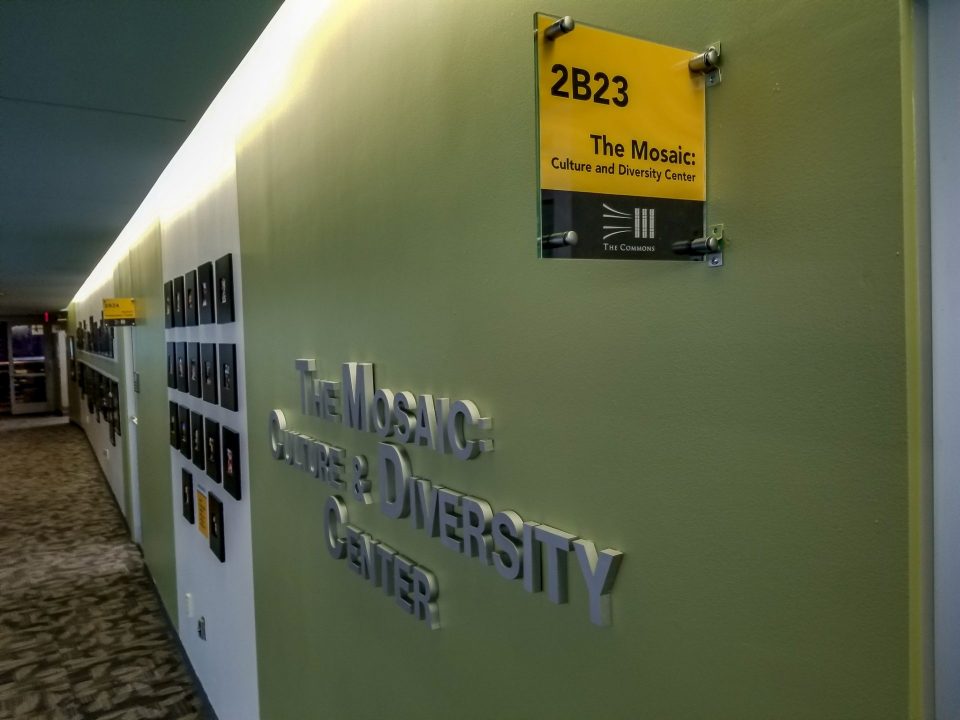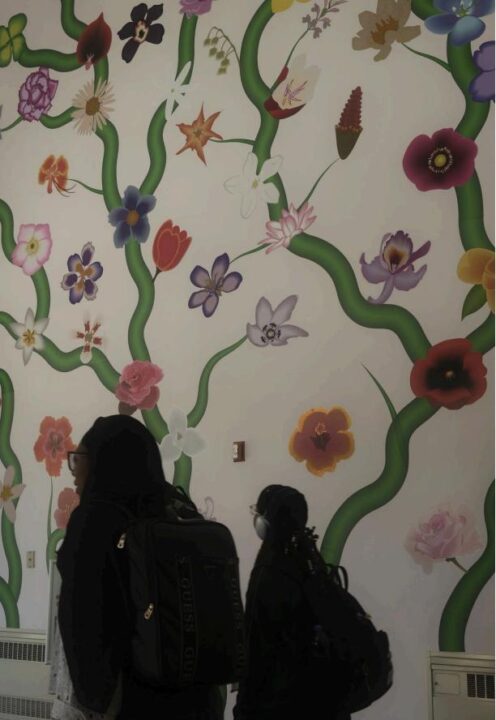UMBC has long been known for its efforts to make diversity and intercultural communication a priority. In the fall of 2017, 4 percent of the students that the university welcomed as Freshmen were international students. To increase cultural awareness, UMBC provides resources like the Study Abroad Office, which helps organize immersive experiences in foreign countries, and the Mosaic Center, a space dedicated to helping students understand other cultures.
At the heart of UMBC’s efforts to establish diversity and inclusion are the student organizations that represent the various backgrounds of the student body. These organizations allow communities of people with shared histories and traditions to come together and celebrate their cultures while keeping them alive.
These organizations also allow opportunities for cultural appreciation year-round instead of having people’s history and culture be relegated to a single month of acknowledgement out of the entire year. Allowing students to not only accept their heritage but also to celebrate it and share it with people who are curious is an imperative part of university life.
Students should take the time to learn about cultures and traditions with their peers, whether that means swinging by the Black Student Union fashion show, attending a talk the same group leads about police brutality or stopping in for the Spanish Film Club’s film festival. There are many opportunities to explore other cultures on campus.
T Sanders, a junior media and communications studies major and vice president of Black Student Union, said, “We’re trying to become a more inclusive community where diversity doesn’t mean communities in pockets but where it means mixing and mingling and getting together. I think that the faces of UMBC value diversity but don’t know how to get to the ideal version of diversity in our dreams.”
“UMBC’s mission is to value all people as beautiful and worth it, and seeing different perspectives that we haven’t experienced ourselves can bring us closer to the ideal vision,” added Sanders. Her words highlighted the fact that people often see diversity as a variety of homogeneous communities existing in the same general location, whereas the goal should be to have actual cultural exchanges and interactions where communities merge and people are welcomed everywhere.
DeJia Long-Hillie, a junior global studies major and treasurer of Ishara: The Indian Classical Dance Team, echoed this sentiment, saying, “I support the idea of inclusion more than just diversity. The way I see it, diversity is having a bunch of people from different backgrounds in the same room, but inclusion is making sure that everybody in the room feels that they have a voice and feels included.”
Learning about other cultures increases our compassion as people and connects us to others across borders and barriers. Our society is becoming more global, with communication between nations and across continents taking only moments. If students want to contribute to our society today and in the future, it is important that they learn to appreciate other cultures and understand how to respectfully take part in cultural discussions.
University life is special because there are so many opportunities every day for students to expose themselves to new ideas, cultures, communities and experiences. Students who want to expand their worldview and gain new perspectives and understanding can start by stopping in for a meeting held by one of the cultural organizations on campus to learn something different.

